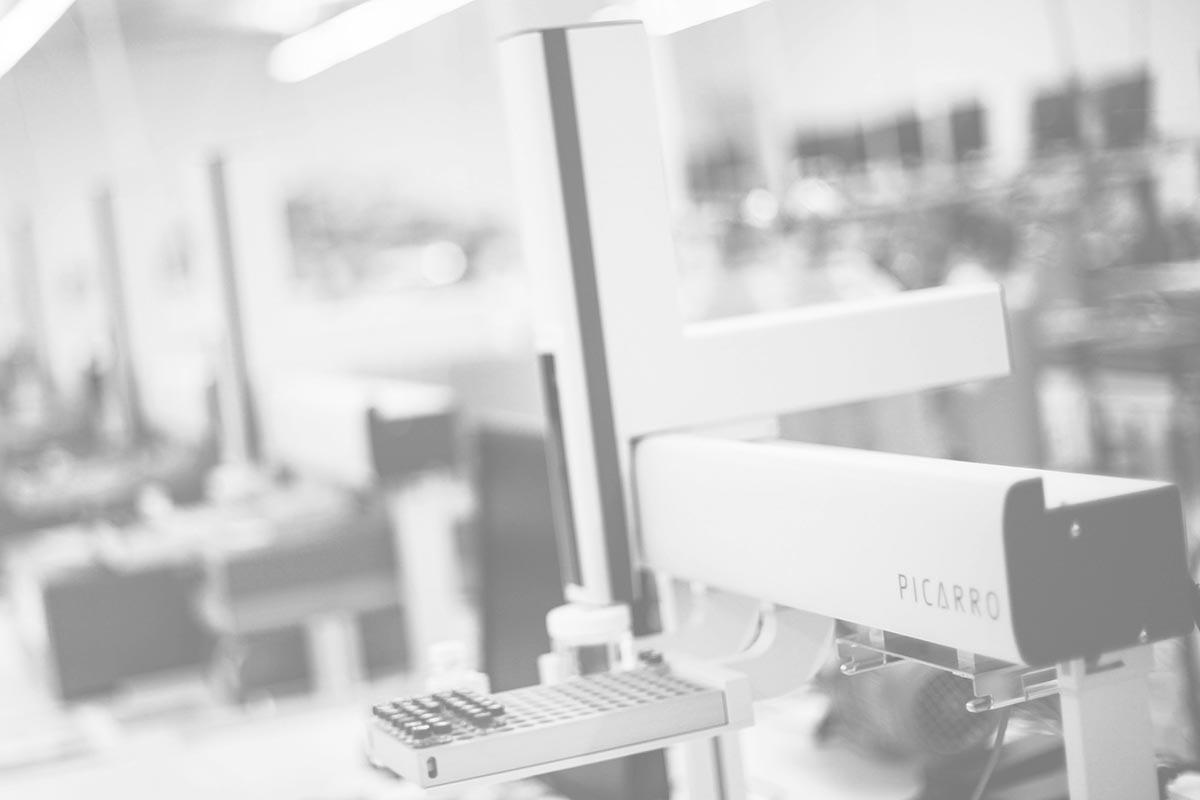We've just introduced the new Picarro PI2114 hydrogen peroxide gas concentration analyzer for GMP pharmaceutical manufacturing. You can learn more about it and download a data sheet at www.picarro.com/pharma. Here's a short description about the applications it addresses and the benefits and advantages of using it.
High-potency active pharmaceutical ingredient (HPAPI), large-molecule (biologic) drugs, and aseptic fill and finish require isolated, sterile production environments. Vaporized hydrogen peroxide (H2O2) is the principal treatment for decontamination in isolated pharmaceutical manufacturing. But if the residual H2O2 level is too high after decontamination and aeration, or anytime during the production process, the drug product can oxidize and degrade. At best, this is costly. At worst, it's dangerous.
The recommended exposure limit (REL) of H2O2 by workers in general industry is 1 part-per-million (ppm), codified in 29 CFR 1900 by the National Institute for Occupational Safety and Health (NIOSH). Other applicable standards may vary based on a specific industry and exposure time, but they are generally in the ppm range. While sufficient for human health and safety, ppm levels are too high to prevent drug oxidation and to sustain efficacy, safety, and stability. Some biologic drug producers are setting levels as low as 30 ppb to avoid oxidation. Health and safety monitors that measure exposure limits in ppm cannot ensure H2O2 levels are low enough to avoid drug product oxidation.
Monitoring Residual H2O2 Levels During an Aeration Cycle
As shown in the above illustration, the Picarro PI2114 gas concentration analyzer has almost five orders of linear dynamic range, and it can continually measure H2O2 levels. This enables users to:
- Measure H2O2 levels as low as 3.3 ppb to avoid oxidation and help sustain drug efficacy, safety, and stability.
- Monitor the residual H2O2 level during the initial aeration cycle to determine when it is low enough to reliably begin production operations.
- Monitor residual H2O2 continually throughout the production process to ensure it does not rise to an unacceptable level due to off-gas contamination.

